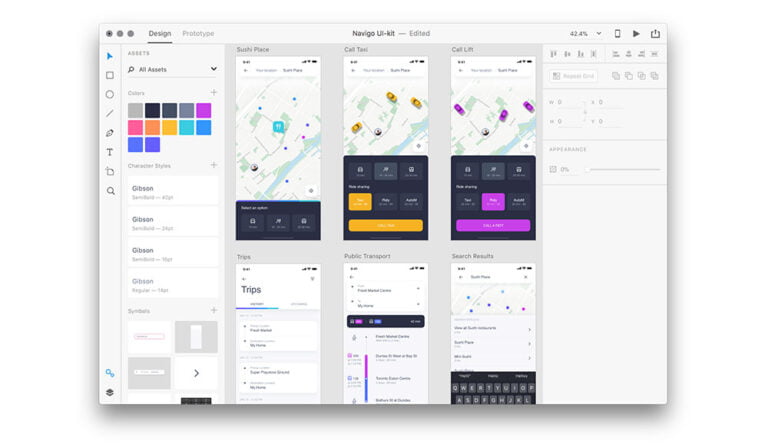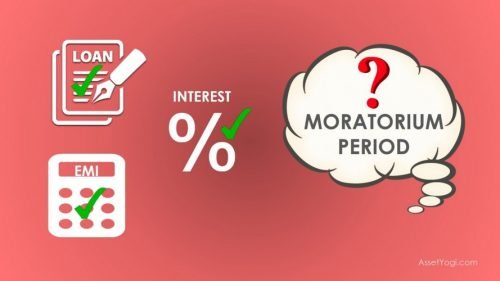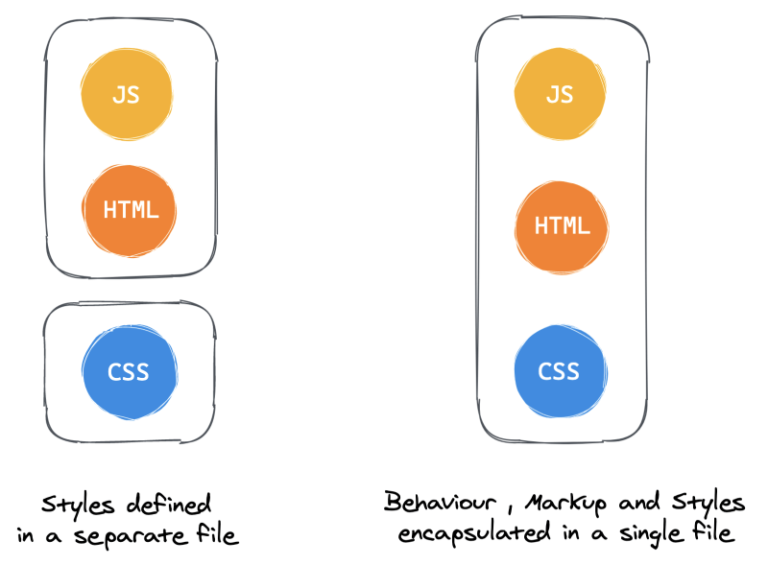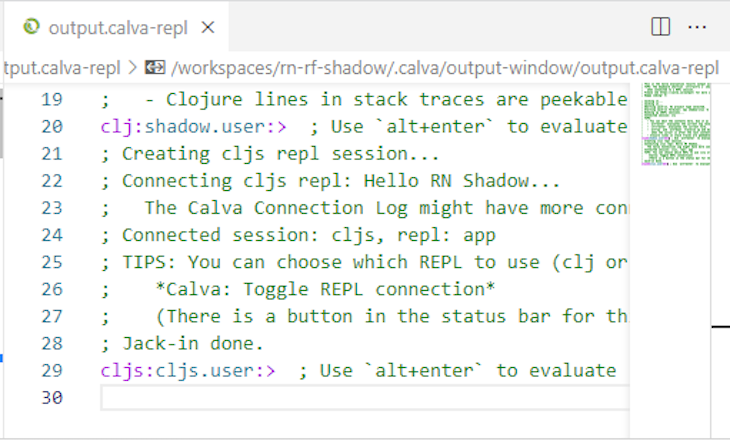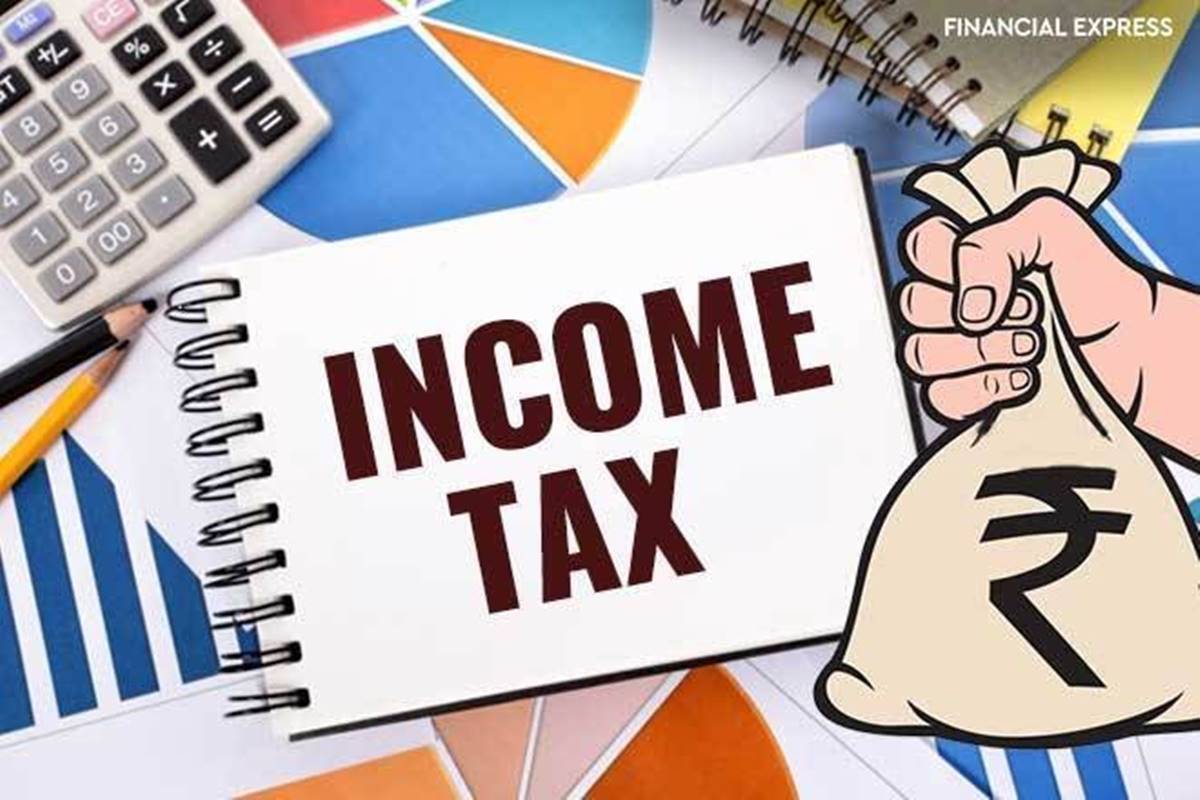
All You Need To Know About Business Loans And Taxes
Income Tax Slabs for FY2022-23
Table of Contents
| Income Tax Slabs for FY2022-23 | ||
| Old Tax Regime(With Deduction & Exemptions | Taxable Income | New Tax Regime(Without Deduction & Exemptions |
| Nil | Up to ₹2.5 Lakh | Nil |
| 5% | ₹2.5 – ₹5 Lakh | 5% |
| 20% | ₹5 – ₹7.5 Lakh | 10% |
| 20% | ₹7.5 – ₹10 Lakh | 15% |
| 30% | ₹10 – ₹12.5 Lakh | 20% |
| 30% | ₹12.5 – ₹15 Lakh | 25% |
| 30% | ₹15 Lakh and above | 30% |
The table above gives us a fair idea and comparison of the old vs new tax regime.
To arrive at your total taxable income, you are required to declare all the income you earn under various heads and then subtract any tax deductions that you are eligible for.
Two Options For A Taxpayer
- 1. New Income Tax Structure – Let go of all exemptions and breaks and avail the lower tax rates
- Old Income Tax Structure – At the existing income tax rates, benefit from all the exemptions and tax breaks.
Some income tax slabs have been lowered if one foregoes exemptions and breaks in the new income tax structure.
However, there are certain deductions you can still claim using the new tax regime and they are as below.
- Retirement benefits, gratuity etc.
- commutation of pension
- leave encashment on retirement
- retrenchment compensation
- VRS benefits
- EPFO: Employer contribution
- NPS withdrawal benefits
- Education scholarships
- Payments of awards instituted in the public interest
Also Read: How To Check Income Tax 2022 –23 Refund Status For Your Business Filing
Most common exemptions and deductions availed by Indian taxpayers
|
EXEMPTIONS |
DEDUCTIONS |
|
House Rent Allowance |
Public Provident Fund |
|
Leave Travel Allowance |
ELSS (Equity Linked Saving Scheme) |
|
Mobile and Internet Reimbursement |
Employee Provident Fund |
|
Food Coupons or Vouchers |
Life Insurance Premium |
|
Company Leased Car |
Principal and Interest component of Home Loan |
|
Standard Deduction |
Children Tuition Fees |
|
Uniform Allowance |
Health Insurance Premiums |
|
Leave Encashment |
Investment in NPS |
|
Tuition fee for Children |
|
|
Saving Account Interest |
Benefits According to the Government
According to the government, introducing the new tax rates will help them gain a wider base of taxpayers by luring unorganized sectors to start paying taxes at a low base rate. According to mody, a huge part of the unorganized sector is out of the income tax-paying frame. Bringing them into the bigger picture will help the government reduce the income tax rates in the future.
Now comes the question of which regime should a businessman go for?
Since the eligible deductions, sources and quantum of income differs for every individual, one rule cannot be applied to all. Taxpayers will need to evaluate and compare the tax liability under both regimes and then decide on which to opt for.
One of the most important things to keep in mind while choosing a tax regime is that taxpayers having income from businesses and professions can withdraw their option only once and they shall not be eligible to opt for the new tax regime unless they cease to have income from business or profession.
Also Read: Why Income Tax Return Filing Is Important
The corporate income tax (CIT) rate applicable to an Indian company and a foreign company for the tax year 2022/23 is as follows:
| Income* | CIT rate (%) | |||||
| Turnover does not increase INR 4 billion in FY 2020/21 | For other domestic companies | Foreign companies | ||||
| Basic | Effective* | Basic | Effective* | Basic | Effective* | |
| Less than INR 10 million | 25 | 26 | 30 | 31.2 | 40 | 41.6 |
| More than INR 10 million but less than INR 100 million | 25 | 27.82 | 30 | 33.38 | 40 | 42.43 |
| More than INR 100 million | 25 | 29.12 | 30 | 34.94 | 40 | 43.68 |
In the end, in conclusion, there is no right or wrong regime one can choose due to the complex nature of the Indian ta law. Hence it is always advised to look at the figures and facts before making an informed decision.

